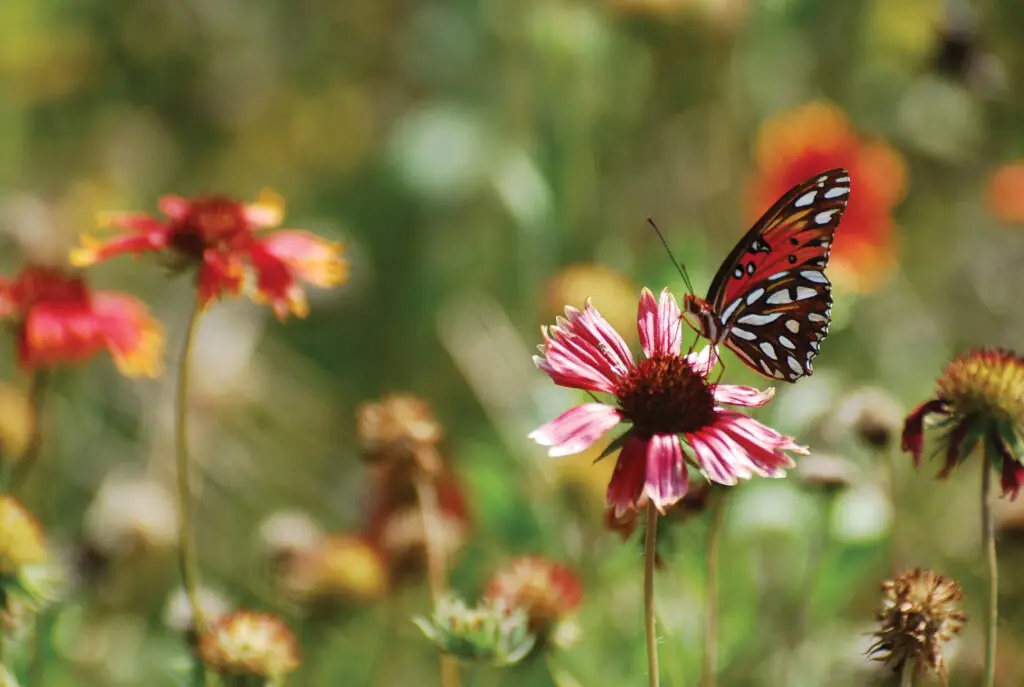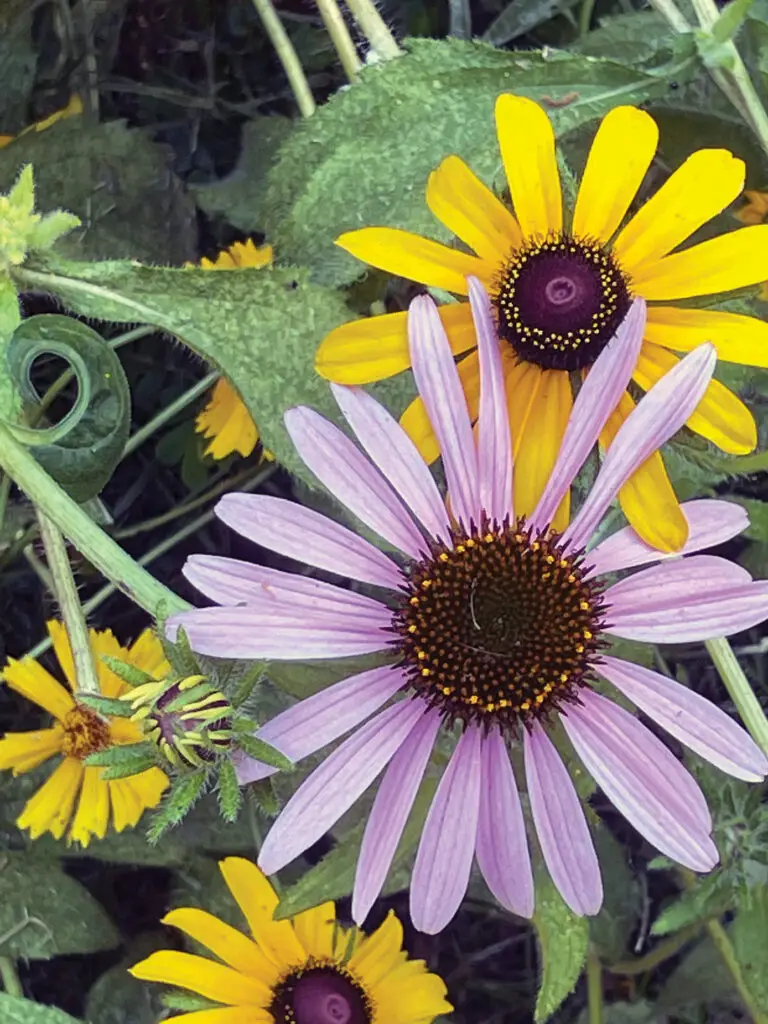
Native plants are all the rage these days, steadily winning new hearts and gardens, which is great news for gardeners and for the environment.
According to a National Gardening Association survey, 26 percent of U.S. gardeners were using native plants in 2022 compared to 17 percent in 2020, and that number continues to rise as more and more people discover the many benefits provided by native plants.

Native plants — indigenous plant species that have existed and evolved naturally (without human introduction) in a particular region or habitat for millennia — offer all kinds of ecosystem services (pollination, water filtration, erosion control, etc.) vital to life on Earth, including us humans. They are also crucial sources of food and habitat for insects, birds and other wildlife, which helps keep ecosystems in balance and increases biodiversity.
By the way, May is National Garden for Wildlife Month, a great time to plant natives. And since natives are well adapted to local growing conditions, they are easy to care for and tend to need less additional water, fertilizer and pesticides than many non-native plant species.
So why haven’t more gardeners gone native? In part because they aren’t familiar with the biological and aesthetic benefits of natives, but also because natives can be hard to find. They are rarely, if ever, available at the large retail garden stores where many gardeners shop or through local plant nurseries; for years, most gardeners who wanted to use natives have had to buy them online. While reputable mail order companies can be excellent sources of natives, they lack one of the most important aspects of natives — a local provenance.
To get the most out of natives, it’s best to use natives that were “born and raised” in or near where they will be planted — the closer a native is to its home range, the better it will perform and serve the local ecosystem. And the very best sources of those plants are local growers who can provide all the other benefits of going local: healthier and more eco-friendly products, access to a knowledgeable and dedicated staff and a chance to keep your dollars in your community.
Lucky for us, several new native-only plant nurseries have opened in Alabama including Nemophily Natives in Auburn, Recreative Natives in Cropwell, The Native Nursery in Fairhope and Blooming Garden in New Hope, all of which are owned and operated by people who are passionate about native plants. Locally grown natives can also be found at seasonal plant sales and swaps sponsored by public gardens and by some conservation and gardening organizations. Regional native nurseries and seed companies also are great sources of native plants suited for Alabama.

Want to learn more about natives? Visit a local grower! You can also search the Alabama Cooperative Extension site, aces.edu, for information and to learn about upcoming native plant workshops. Also check out the Alabama Wildflower Society and Alabama Native Plant Society on Facebook, both of which post information on native plant retailers, seasonal sales and events.
Another excellent resource of information is the Alabama Plant Atlas at floraofalabama.org, a comprehensive database of the many plants that occur in Alabama that can be searched by location (county) and by common and scientific plant names. In most cases, it also provides information on growth habits and habitat needs of the plants. The iNaturalist phone app is also great for identifying plants and learning about plants when you’re on the go.
While you’re outside this month, listen out for another native Alabama species — Brood XIX periodical cicadas. These fascinating insects are part of a rare double emergence of 13- and 17-year cicadas underway in parts of the U.S. and they are raising quite a ruckus. To learn more, including where they are likely to be found in Alabama, visit cicadamania.com.
Katie Jackson is a freelance writer and editor based in Opelika, Alabama. Contact her at [email protected].




